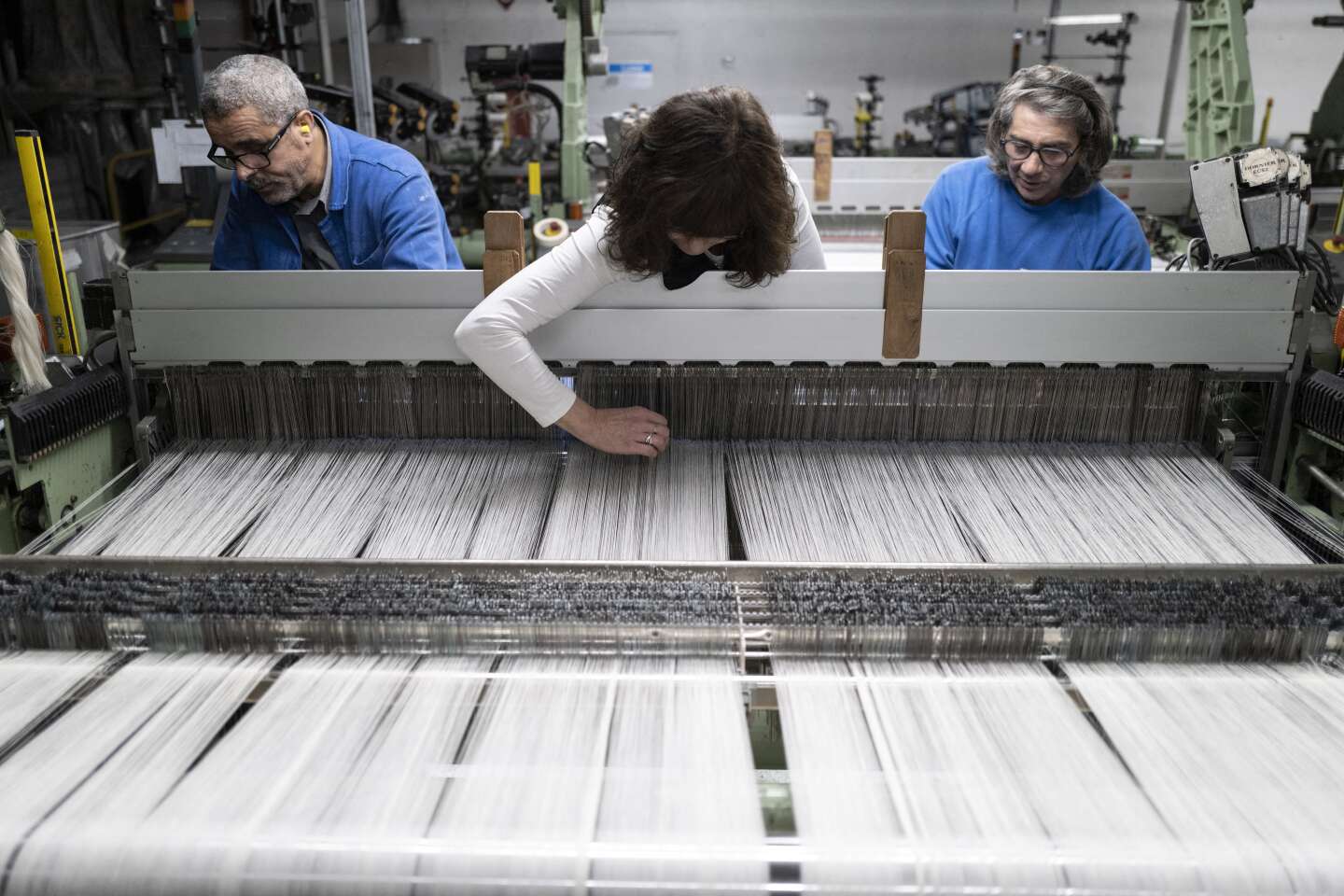


The French government has set itself the goal of reindustrializing France, starting from a situation where the manufacturing industry in the nation now represents just 10% of added value and 9% of total employment. The October 24 law on green industry advocates the creation of an industry related to the energy transition (electric batteries, heat pumps, electrolyzers for the production of green hydrogen, carbon capture and storage, etc.), with the aim of decarbonizing French manufacturing.
This law reduces the time needed to set up industrial plants and clean up industrial sites, creates a tax credit for investment in green industries, redirects public procurement towards environmentally friendly companies and develops training for engineers and technicians. Unfortunately, there is reason to fear that France's reindustrialization will remain limited, given the many factors that penalize it.
Admittedly, industrial employment has risen by 62,000 employees since 2017, but this is primarily the consequence of the decline in industrial productivity, not a recovery in industrial activity: value added in manufacturing is now almost 10% below its mid-2019 level, and at the same level it was in 2006. The trade balance deficit for manufacturing products reached almost €100 billion in 2022, and it is steadily worsening. The last year it was balanced was in 2006.
Catch-up costs
The first obstacle to a genuine reindustrialization of France is the high cost of production. For example, relocating industrial production from China means doubling the cost of production; the price of natural gas is four times higher in France than in the United States. Hourly labor costs are 18% higher in France than the EU average, 11% higher than in the UK, three times higher than in Poland, Slovakia or Hungary, and five times higher than in Romania. Relocating or developing manufacturing in a country with high production costs is obviously difficult.
The second obstacle is that France has no natural supplies of industrial raw materials (rare-earth elements, copper, nickel, iron...). This puts us at a disadvantage compared with countries that do (China, Brazil, Russia, Canada, India, Indonesia, etc.), and makes us dependent in the event of a conflict over the appropriation of raw material reserves.
The third obstacle is the weakness of the industries needed for the energy transition or the decarbonization of industry. Wind turbine production is dominated by Denmark, China, Spain, Germany and the United States; electric battery production is mainly in China, South Korea and Japan; solar panel production is dominated by China, Taiwan, Japan and Germany; semiconductor production is dominated by Japan, Taiwan and the United States.
You have 50% of this article left to read. The rest is for subscribers only.
